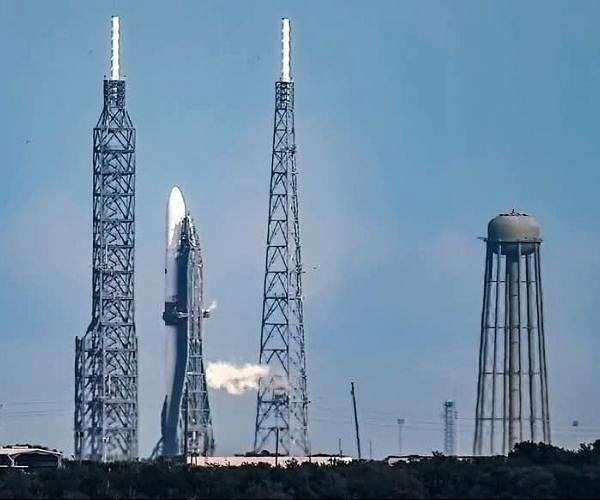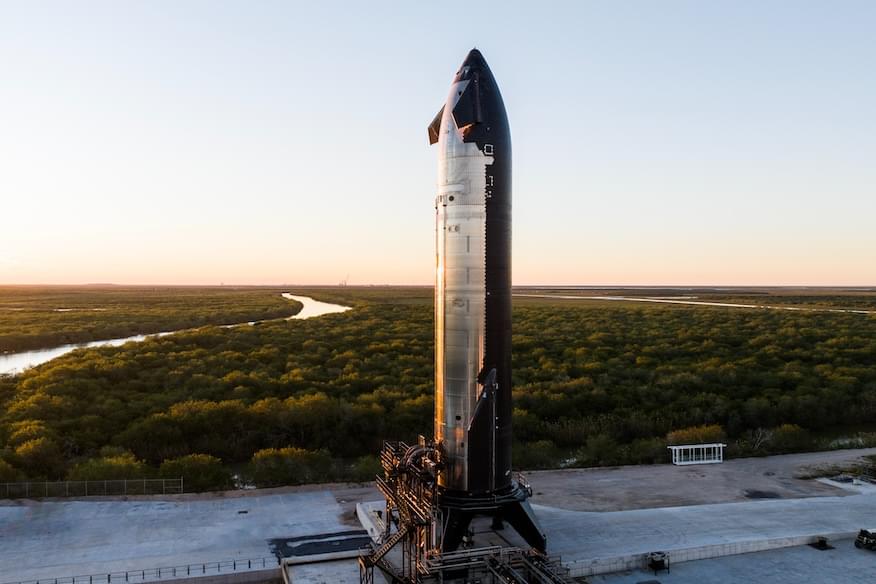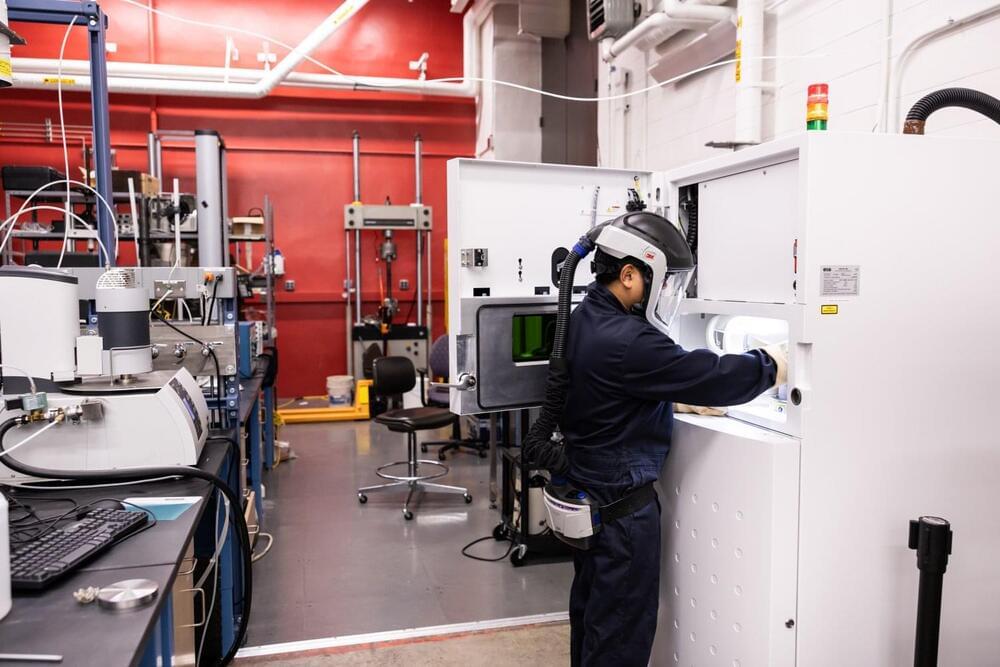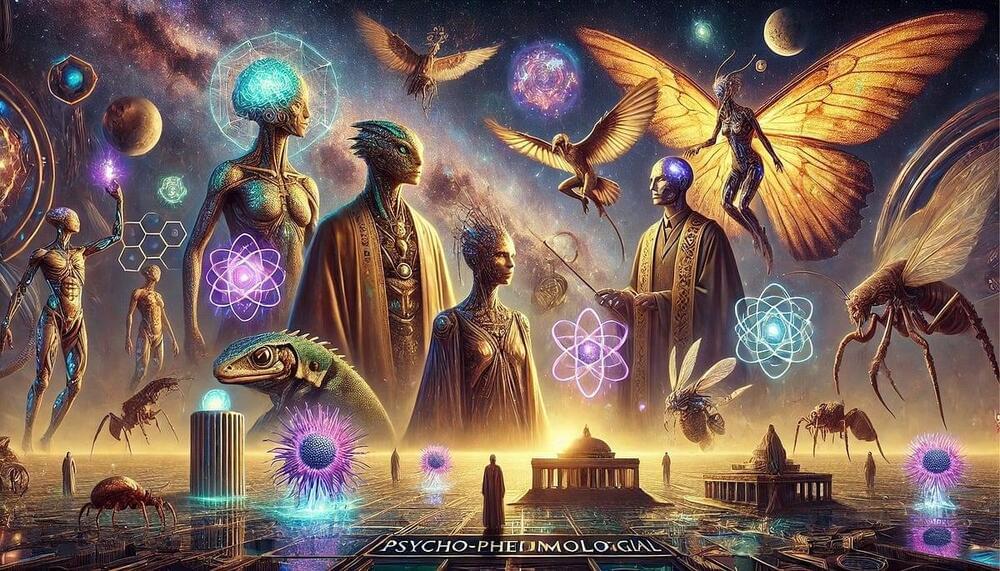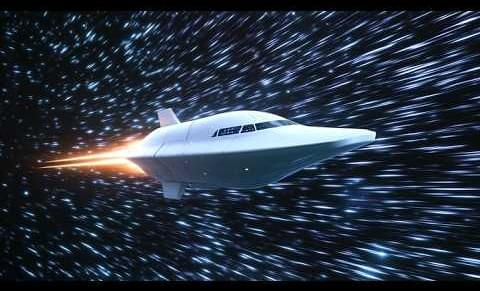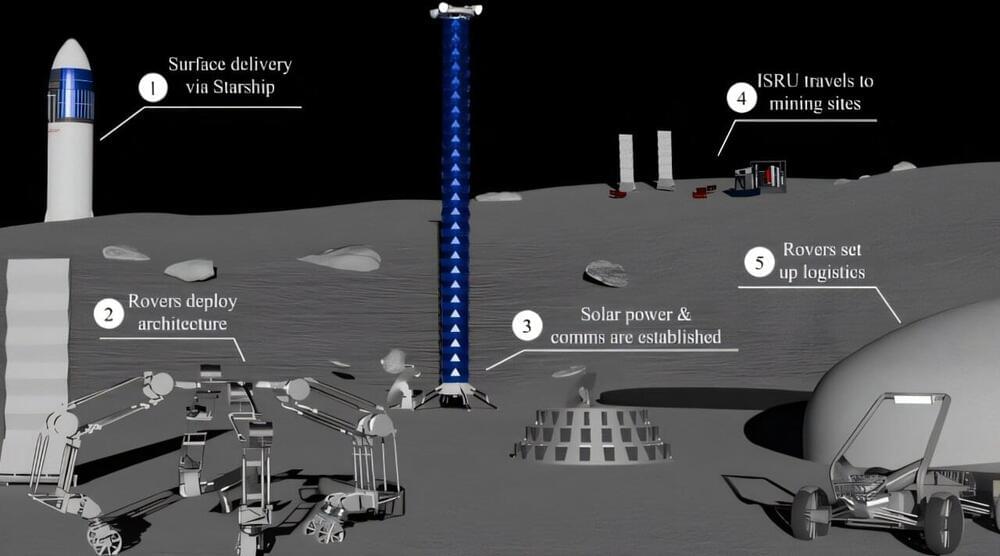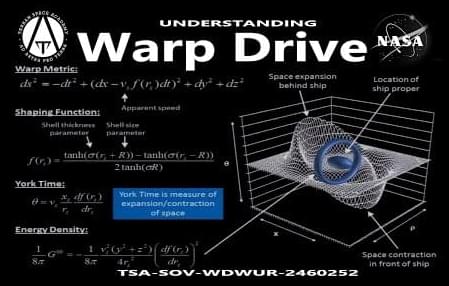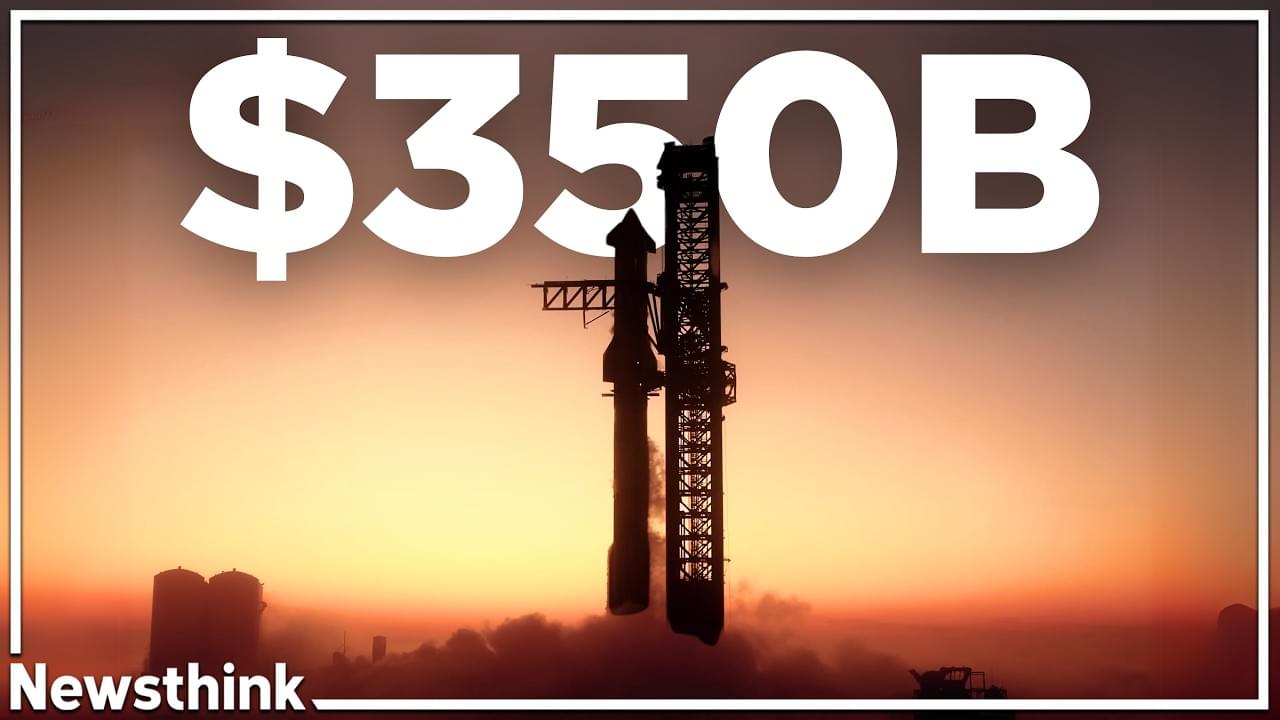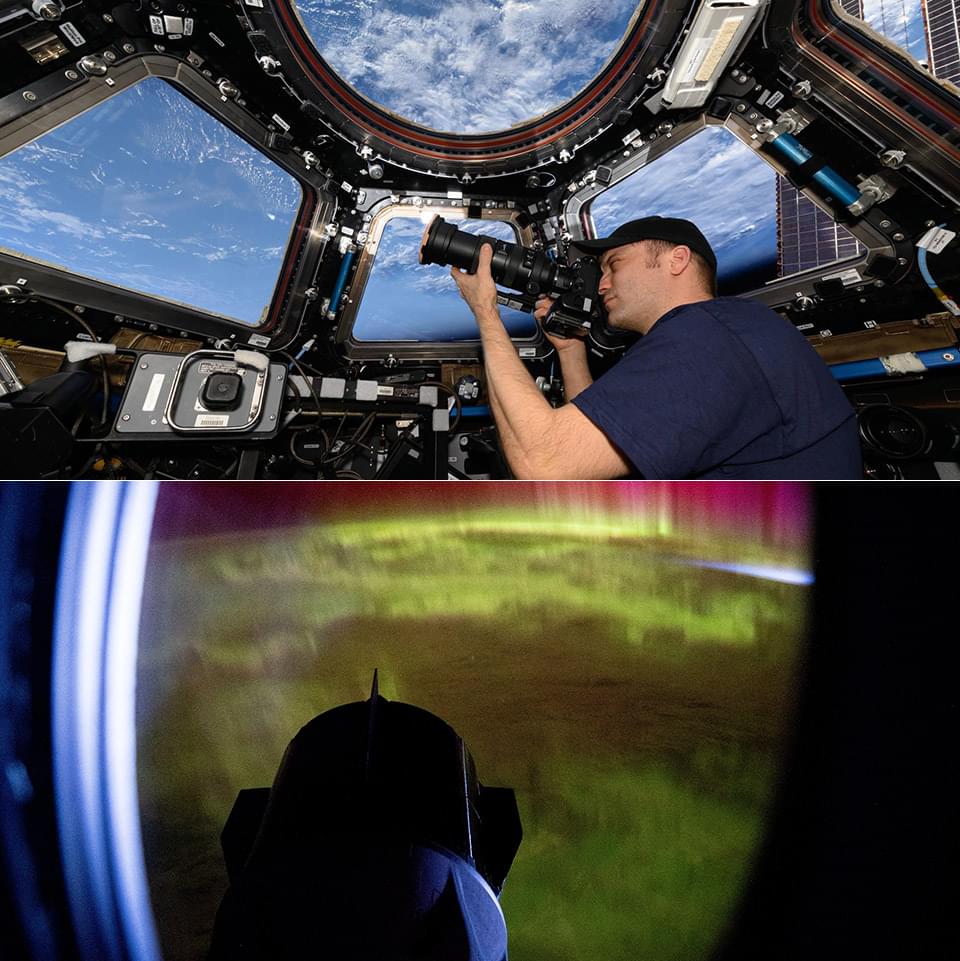Cape Canaveral (AFP) Jan 5, 2025 — Amazon founder Jeff Bezos’s company Blue Origin is poised to launch its first orbital rocket next week, marking a pivotal moment in the commercial space race currently dominated by Elon Musk’s SpaceX.
Category: space travel – Page 5
Get ready to be inspired by Camp Peavy, a well-known figure in the robotics industry and a passionate member of the HomeBrew Robotics Club in Silicon Valley! 🤖✨
In this engaging Q\&A, Camp dives into his incredible robotics journey, offering unique insights into the world of innovation and technology. He also shares invaluable tips for those who are new to robotics, feeling unsure, or looking for a spark of motivation to dive into this exciting field.
Learn about the amazing work happening at the HomeBrew Robotics Club and discover how you, too, can become part of this thriving community. Whether you’re a seasoned techie or just starting out, this video has something for everyone.
Sign Up for Page Launch: https://forms.gle/ijzxGKNJUj5dCLnL7
A recent award from the U.S. Defense Advanced Research Projects Agency (DARPA) brings together researchers from Massachusetts Institute of Technology (MIT), Carnegie Mellon University (CMU), and Lehigh University (Lehigh) under the Multiobjective Engineering and Testing of Alloy Structures (METALS) program. The team will research novel design tools for the simultaneous optimization of shape and compositional gradients in multi-material structures that complement new high-throughput materials testing techniques, with particular attention paid to the bladed disk (blisk) geometry commonly found in turbomachinery (including jet and rocket engines) as an exemplary challenge problem.
A DARPA-funded collaborative multi-university team pursues new AI-enhanced design tools and high-throughput testing methods for next-generation turbomachinery.
Excavating the cosmic battlefield of ideologies, ecologies, and evolutionary destinies.
When will it be possible to develop warp drive technology?⬇️ Services I Use & Recommend: Descript: https://geni.us/OECB(AI-powered video/audio editing—perfect…
Getting back to the moon is the primary goal of NASA’s Artemis program, but what do we do once we get there? That is the challenge tackled by a group of students at the University of Illinois Urbana-Champaign, who wrote a proposal for a lunar infrastructure module they call the Trans-lunar Hub for Exploration, ISRU, and Advancement—or THEIA, after the proposed object that crashed into the Earth that created the moon as we know it today.
Their submission was part of the NASA Revolutionary Aerospace Systems Concepts—Academic Linkage project, where teams from various academic institutions submitted papers focusing on the theme of Sustained Lunar Evolution for 2024.
To be clear, THEIA is not meant to serve as the central hub of NASA’s lunar exploration activities. The responsibility would still go to the Artemis base the agency has been working on. It is meant to serve as a hub for four main things that the team believes every long-term lunar mission will need: power, communications, transportation, and In-situ resource utilization (ISRU).
Understanding Warp Drive.
The only way for human beings to visit other star systems is with warp drive technology. Remastered and Expanded, this lesson helps you understand the forces involved, and the serious scientists working to solve this problem.
Extra Credit Homework:
https://www.scientificamerican.com/article/star-treks-warp-d…w-physics/
Sources.
Shop the Academy store at…
How Elon Musk turned failure into $350 billion. Use code NEWSTHINK at http://nordpass.com/newsthink to get a FREE 3-month NordPass Business trial. No credit card required.
I highly recommend Walter Isaacson’s biography of Elon Musk: https://www.amazon.com/Elon-Musk-Walt?tag=lifeboatfound-20…
Chapters.
00:00 SpaceX: The Most Valuable Private Company.
0:35 Elon Musk’s Mars Obsession Begins.
3:25 Building SpaceX from the Ground Up.
4:34 Tragedy and Perseverance.
5:18 Building Rockets the SpaceX Way.
8:53 Falcon 1 Flight 1
10:35 Falcon 1 Flight 2
11:17 Falcon 1 Flight 3
13:04 Success at Lasts: Falcon 1 Flight 4
14:01 The Next Chapter.
15:33 Starship: The Ultimate Goal.
16:11 The Role of Starlink.
16:43 Today’s Sponsor: NordPass.
Follow Newsthink on X https://twitter.com/Newsthink.
Antimatter power and propulsion systems may finally be within out grasp!
Scientists have discovered a new much more efficient way to make positrons! Antihydrogen fuel would change everything!
Extracredit:
NASA Antimatter research!
https://ntrs.nasa.gov/api/citations/20200001904/downloads/20200001904.pdf.
MSNBC Antimatter article!
https://www.msn.com/en-us/news/technology/how-antimatter-eng…r-BB1iIvo0
Shop the Academy store at…
https://shop.spreadshirt.com/terran-space-academy.
Please help support our channel at…
Photo credit: NASA / Matthew Dominick NASA astronaut Matthew Dominick captured this incredible image of a brilliant red and green aurora in Earth’s thermosphere from the International Space Station (ISS). It was taken from the SpaceX Dragon Endeavour spacecraft on Oct. 7, 2024 around 273 miles above the Indian Ocean. Expedition 72 Flight Engineer Matthew Dominick dedicated much of his personal time to photography, amassing nearly 500,000 photos of Earth as well as snapshots of life aboard the International Space Station. This is a very impressive feat considering that he traveled 99,708,603 total statute miles around our home planet. We.
